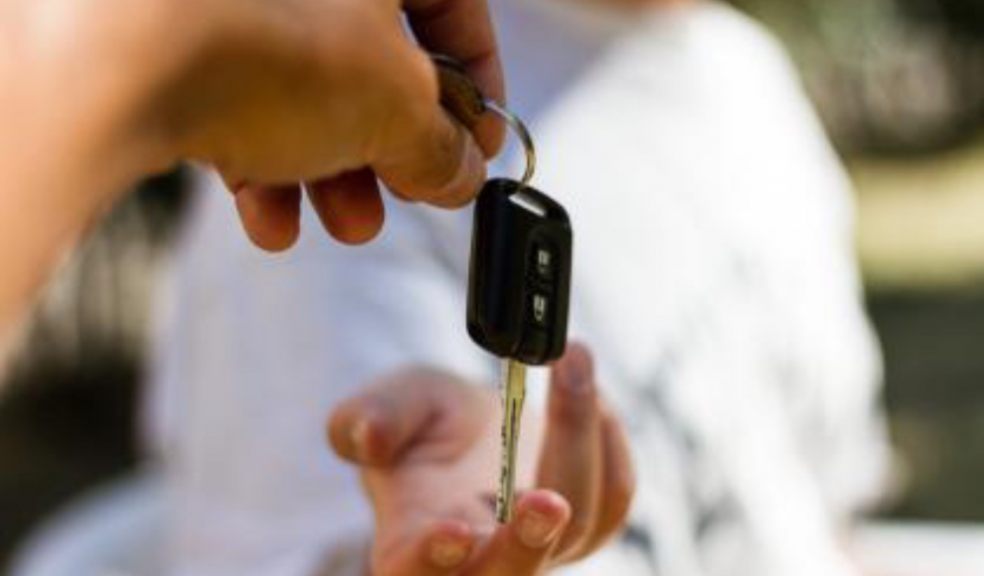
What is ‘fronting’ in car insurance?
Fronting is an insurance industry term for when a motor policy is taken out by one person but in fact, they are not the main driver of the vehicle and the car is actually been driven by someone else says UK Show Plates. This is usually to get a lower insurance premium as the policyholder is deemed to be of lower risk than the real driver. The commonest scenario is an older driver, usually a parent, taking out a policy for a young driver, often a teenager, who has just passed their test and are faced with an annual insurance premium of around £2,000.
Insurance premiums are pretty high for the under 25 age bracket but that is because of the risk of an accident. Brake, the road safety charity, has some compelling statistics on driver behaviour in the under 25s:-
- Drivers aged 16-19 are a third more likely to die in a crash than drivers aged between 40 and 49
- One in four 18-24-year-olds crash within two years of passing their test
- Young male drivers are far more likely to be involved in a crash than young female drivers
The statistics speak for themselves. Insurance premiums for young drivers are high for a reason.
Accidental fronting – who is the main driver?
Some motorists engage in fronting as a deliberate technique to lower the cost of cover. But others can find themselves in deep water inadvertently and via the backdoor without ever really intending to break the law or deceive the insurance company.
Sometimes, if you have more than one person driving a car, it can be hard to figure out who is the main driver. The declared main driver is:-
- The person who regularly uses a car to drive to and from work or school or college
- The person who uses the car for the highest percentage of the time
- The person who uses the car on a daily basis
The main driver can change particularly if a car is being used by a student at University during term time and then becomes more of a communal vehicle in the holidays. If in doubt, talk to your insurer.
Fronting is considered fraud, it is illegal and may result in a criminal record if prosecuted. If you are caught fronting, then the insurer may refuse to pay out under the policy on a claim and the policy will be void. This could mean the policyholder is fully liable in the event of an accident for which the cover has been effectively been removed. If the insurer is obliged to pay out on a third party claim then they may pursue the policyholder for these monies. You will also find it difficult to get insurance anywhere else if this is on your record and you may find premiums are higher when you do arrange cover; having motor cover refused or cancelled can often lead to increased costs later on.
How to save money on a young driver’s car insurance policy?
- Buy the safest car you can – apart from protecting the driver in the event of an accident, advanced safety features on a vehicle can lower premiums as the risk of accident may be reduced
- Fit a black box to the car – the vehicle must belong to the young driver and they must be the sole or main driver. A shared vehicle will not result in a lower insurance cost as the black box cannot distinguish between drivers and so poor driving cannot be apportioned to an individual person. A black box or ‘telematics’ monitors driver behaviour and the insurer will be at liberty to ask for improvements to poor driving and can even cancel the policy
- Add an older driver to the cover as a named driver - often adding a parent can help lower the overall risk and even out the cost
- Take advantage of a multi-car discount, move all your household vehicles to the same provider – they must all be registered at the same address so young people with their own accommodation away from the main home would not qualify
How can a young driver prove that they are a careful driver?
There are two main ways any driver regardless of age can prove they are a careful driver. One way is by using a black box and these are not just popular with young people trying to reduce insurance premiums; older drivers at the other end of the spectrum are often trying to convince insurers that they are not a high risk too. Black boxes are a voluntary way to promote safer driving; the Government is planning other measures for young drivers including the introduction of compulsory ‘P’ plates post driving test rather than a different coloured numberplate which is an idea being used to highlight Electric Vehicles.
The other way to lower your premium is to build up a No Claims Discount or NCD. Clear years without a driving accident or incident are the most effective way to reduce insurance costs – it’s simple really, if you stay out of trouble then an insurer is going to perceive you as a safe and careful driver and the longer you stay accident or incident free, the greater benefit you will receive via a reduction in your premiums. NCD differs from one insurer to another but generally as a rule of thumb, five years of no claims is the magic number. If you can extend your safe driving to a period of 9+ years then some insurers will offer you between 50% and 60% of the price.
NCD is portable so if you change insurers you can take it with you although you will need to provide hard copy evidence to support your statement about how many years NCD you have when you arrange the cover with a new company. You can also protect your NCD with NCD Protection which means if you do make a claim, you won’t lose the No Claims Discount especially if you are involved in an accident that wasn’t your fault.














